The glory that is Ancient Merv
Merv is one of three UNESCO World Heritage Sites in Turkmenistan and has been since 1999. It was a major oasis-city in Central Asia strategically placed on the Silk Road.
A legend exists that Alexander the Great visited the city in the 3rd century BC, but whatever the truth of that it was certainly named after him for a brief time before it became Margiana. After Alexander's death in 323 BC Merv became the capital of the Province of Margiana which continued to exist under series of dynasties: Seleucid, Batrian, Parthian and Sassanid. During 400 years of Sassanid rule Merv was home to practioners of various religions alongside the official Sassanid Zoroastrianism, including Buddhists, Manichaeans and Christians of the Church of the East.
Around 650 AD the Arabs took over from the Sassanids and under the leadership of Qutayba Ibn Muslim they used Merv as their base to bring within their subjugation large parts of Central Asia. Next came the Abbasids under the Iranian general Abu Muslim who in 748 declared a new dynasty at Merv. Throughout the Abbasid era up to 1258 Merv remained the capital and most important city of Khorasan and functioned as one of the great cities of Muslim scholarship, although the city continued to have a substantial Christian community.
In 1221 Merv opened its gates to Tolui, son of Genghis Khan on which occasion most of the inhabitants are said to have been butchered. Some historians believe that over one million people died in the aftermath of the city's capture, including thousands of refugees from elsewhere, making it one of the most bloody captures of a city in world history.
The city took 100 years to recover from the Mongol attack, it became part of the Ilkhanate and was constantly looted by the Chagatai Khanate. By 1380 Merv belonged to the empire of Timur [Tamerlane]. The city changed hands several times in the next few hundred years until it passed to the Khanate of Khiva in 1823. In due course the Russian Empire took over and the city was captured bloodlessly by a Russian officer named Akikanov.
There are four walled cities within the Merv complex: the oldest is Erkgala [7th century BC] which corresponds to Achaemenid Merv and is the smallest. Gawurgala [also known as Gyaur Gsla] [3rd century BC] which surrounds Erkgala comprises the Hellenistic and Sassanian City is by far the largest. The smaller Timurid city was founded a short distance to the south and is now called Abdyllahangala.
Back to Daily Reports
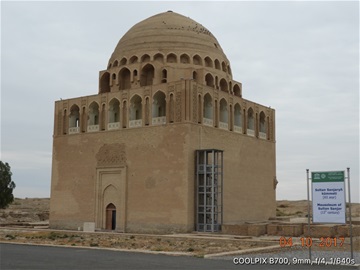
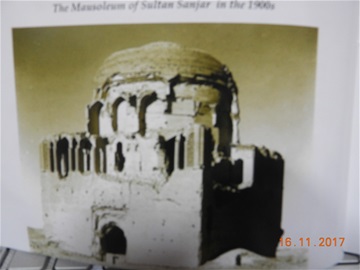

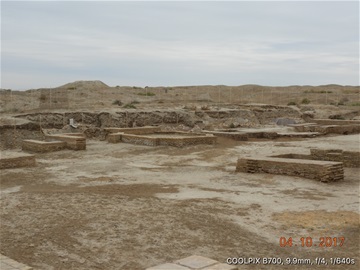
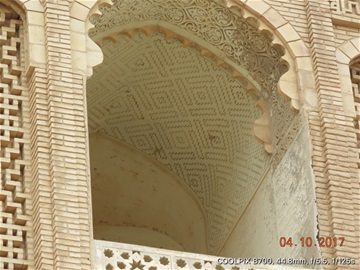
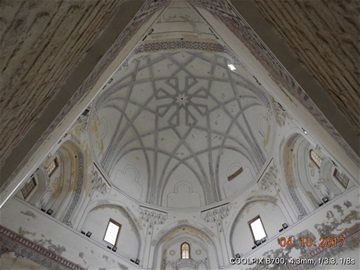

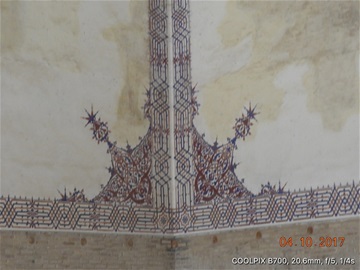
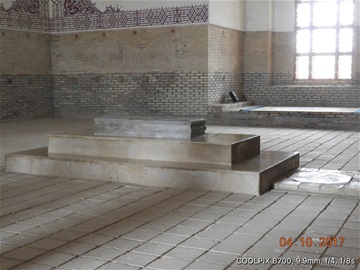
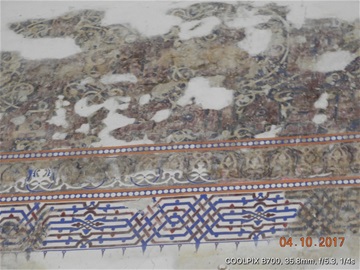

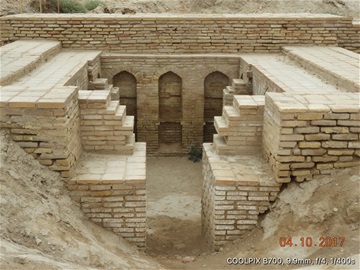
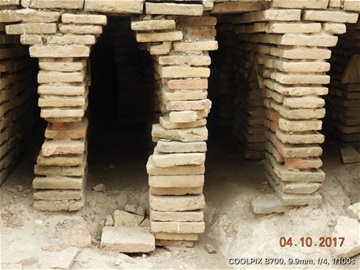
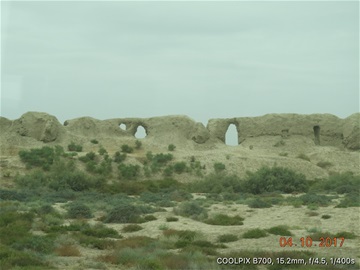
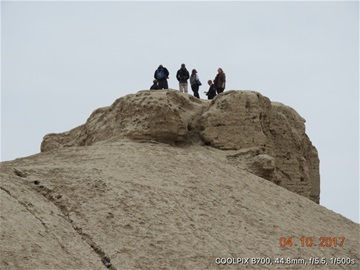
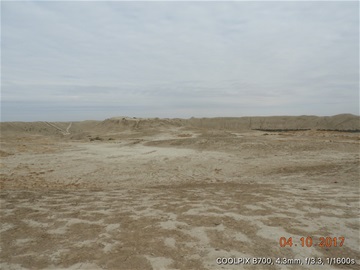
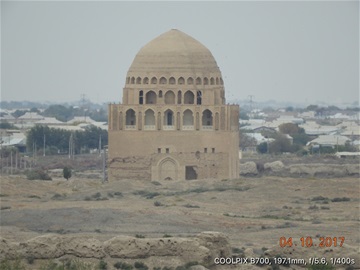

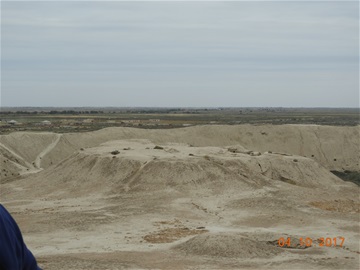
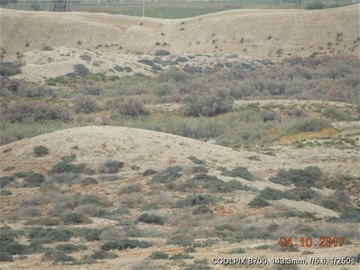
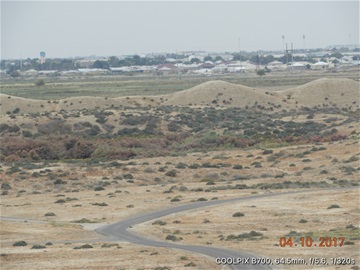
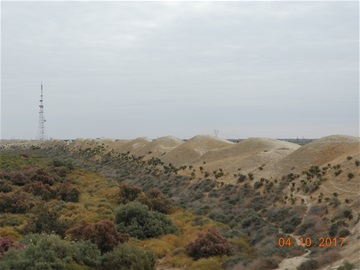
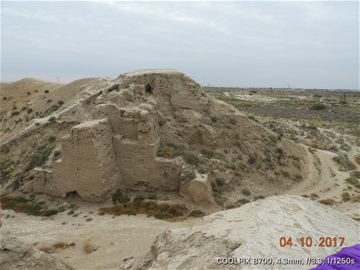
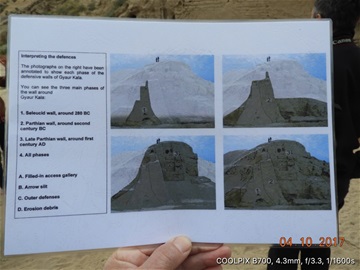

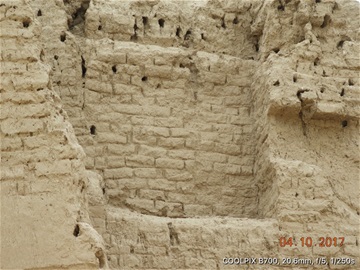
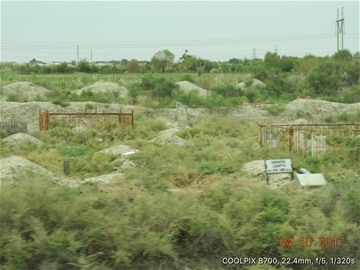
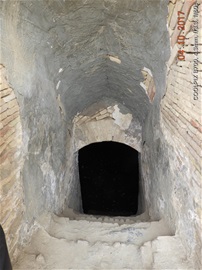
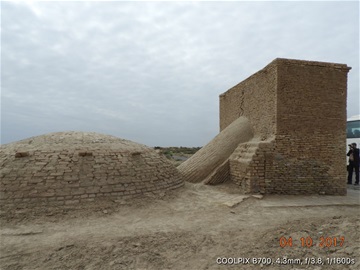
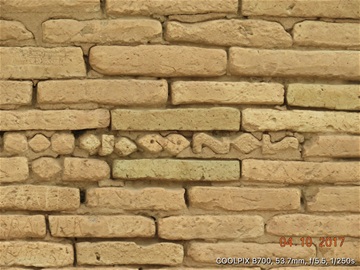
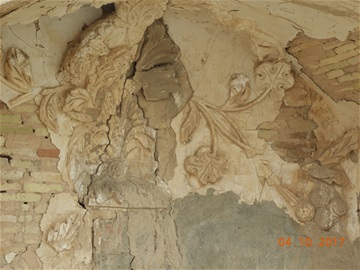
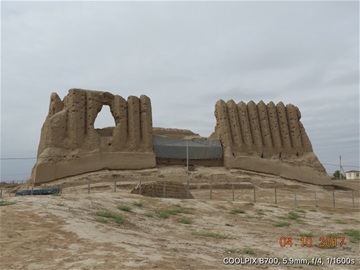
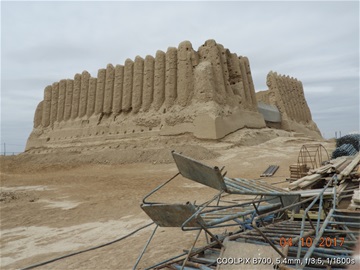
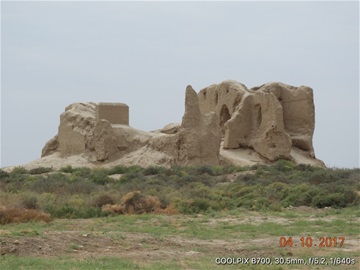

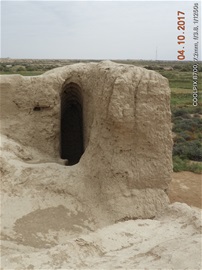
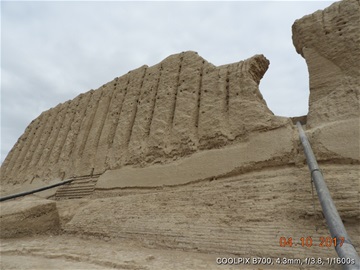

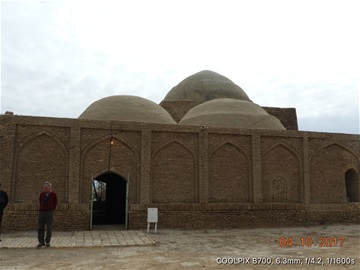

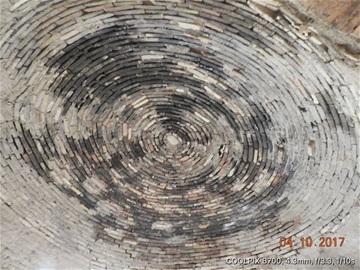
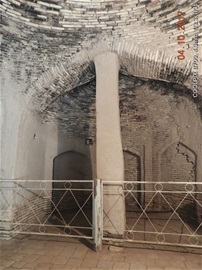
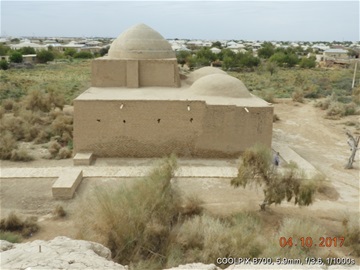
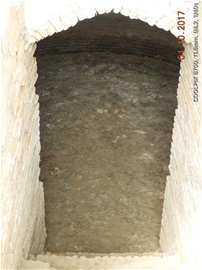
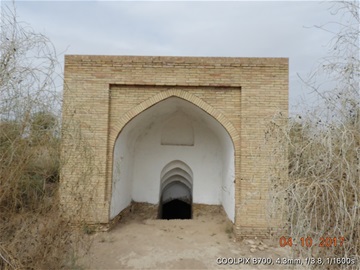
Latest comments